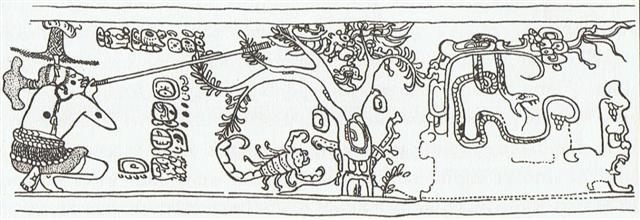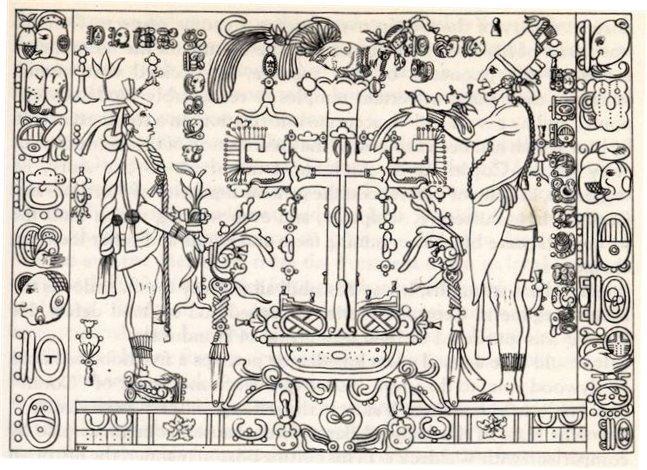4. In the Babylonian zodiac Toliman (The Mad Dog) marks autumn equinox and I have earlier (cfr at Ana-roto) commented: ... Strangely Allen (in his Star Names. Their Lore and Meaning) does not mention the name Toliman. But he says that the star once rose at autumn equinox north of the equator: Alpha's splendor naturally made it an object of worship on the Nile, and its first visible emergence from the sun's rays, in the morning at the autumnal equinox, has been connected by Lockyer with the orientation of at least nine temples in northern Egypt from 3700 B.C. onward. As such [an] object of worship it seems to have been known as Serk-t ... Serket was the Scorpion Goddess but today Toliman is in the constellation Centaurus. Our new day number for Toliman is 228 (= 222 + 6), which in a way 'explains' my earlier notes regarding e.g. Ga8-24 (cfr at Camp 6):
Number 228 occurs in circumstances which can be interpreted as places of 'farewell', for instance are there 228 days from hakaua in Ga4-11 to tagata in Gb4-3 (cfr at A Pillar To Stand By):
On the other hand does hanau refer to 'birth' (arrival) and not to 'death' (departure). Probably Toliman could be understood both as a sign for the end of summer and as a sign for the beginning of the 4th quarter. I suggest the form of the scorpion influenced the design of the mago glyph type, with its curved tail. But the shark is a creature down in the water whereas a scorpion 'walks on land'. If the Milky Way is imagined as a kind of flow in the sky, then it is logical to change the scorpion image to a shark image, because Scorpio is located where the Milky Way is rising and crossing the ecliptic, 'inundating' the path of the planets: ... In the island of Pukapuka Te Mango, the Shark, was applied to the long dark rift which divides the Milky Way from Scorpius to Cygnus. They declared that the 'shark of winter' had its head to the south and the 'shark of summer' had its head to the north, referring to the seasonal change in the position of the constellation ... In the Babylonian zodiac the long dark rift is easily seen, stretching from Zababa to Eagle & Dead Man:
We can deduce that this eagle corresponds to our Cygnus, the Swan. You need wings to be high up, cfr the Lion where the ecliptic is high above the Milky Way. Moreover, the outline of Ga7-17 - with empty hands rised high like a sign of zero - repeats in a general way the form of the open jaw of the preceding shark:
These open hands are possibly, I think, oriented so as to resemble the claws of a scorpion. We can compare with how the claws are drawn in this picture:
The serpent hanging in midair at right has a tail which ends in a raincloud sign and the curious nebulous creature below him with 2 faces has also such a sign. The scorpion is to the left of the central tree, but what matters is rather the circuit formed by the trunk, a branch and the scorpion at bottom. This circuit could refer to the winter half of the year. The claws of a scorpion can also explain why the horizontal beam in the Temple of the Cross has strangely 'curled' ends:
The 'curve' sign probably means 'the very last part of the voyage', we have deduced earlier, and 'Sun' (summer) ends his voyage at autumn equinox while 'Moon' (winter) ends her voyage at spring equinox. The horizontal beam thus should have a 'scorpion claw' both at autumn and a reversed one in spring. Toliman was once the prime star of the Scorpion goddess (Serket) and if we can find this star at day number 228 counted from raaraa in Gb6-20, then it is not remarkabe to find it also at glyph number 228 counted from Gb8-30 - there is evidently more than one perspective to consider when interpreting the G text:
|
||||||||||||||||||||||||||||||||||||||||||||||||||||||||||||||||||||









